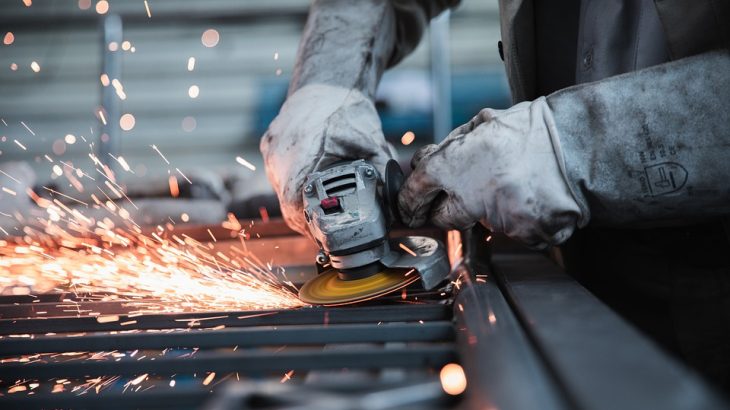Thanks to its various properties, metal has become a must to realize multiple works. However, to bring your garden furniture and staircase banister to life, much work needs to be done.
Measuring and Tracing
Generally, metals are sold either in the form of sheet metal or in bars that you can buy, depending on the nature of the work you want to do. Since the desired rendering is based on a sketch, the first step in working with metal is to take measurements.
Note that a tape measure is an essential instrument for making measurements. For this, you will need tools. However, to get an exact dimension, it is recommended to use more precise mechanisms. For example, a ruler is a tool that gives values to the millimeter, while the caliper is an instrument used to measure the thickness or depth of a piece. To bring precise shapes to life, you may also need a compass.
Cutting
Cutting is the second step in making metalwork. It will allow you to have the necessary dimensions for your part. You can do it yourself if you want to cut a metal tube to make a curtain rod. To do this, wear safety glasses and get a hacksaw or grinder. Then, lay the metal piece on a hard, flat surface while letting the part to be removed overflow. These tools are not very accurate, so cut with a small margin from the measurement you made. The objective is to be able to come and rectify with a file.
However, if you want to cut a precise shape or design, you must go to a sheet metal company. Indeed, only laser cutting can reproduce them.
Stamping
Stamping is used to give a geometrical shape to a flat metal sheet. As it requires specific equipment, you must also entrust it to professionals. Thanks to a metal press, the part undergoes intense pressure to deform it. Depending on the use you wish to make of it and the plans you have provided, the company can offer to bend the parts, facilitating the finishing work.
Stamping has the advantage of being a precise technique used on a large scale. Lathe work is a more exciting option if you only want to work on one metal part. However, it is much less precise and takes longer to produce the expected result.
Assembly
Currently, welding is the primary technique for assembling metal parts. Once again, if the pieces are small, you can weld them yourself using a flashlight and a welding rod. Be careful; you must protect yourself adequately to avoid getting debris in your eyes. For larger jobs, you can also use an electric welder. Once the parts are assembled, let them cool to room temperature. While some people recommend cooling with water, this can cause cracking.
In any case, precision work is always the work of a professional. Indeed, the techniques used to guarantee a millimeter work, as in the case of laser welding or plasma welding.
The Finishing Touches
The finishing touches are made to give an aesthetic touch and protect the metal parts. For this, polishing is the most suitable treatment, the objective being to polish the part to provide it with a shiny and smooth appearance. Some parts can also be powder coated, which means a layer of paint is applied to protect the metals from corrosion.



















